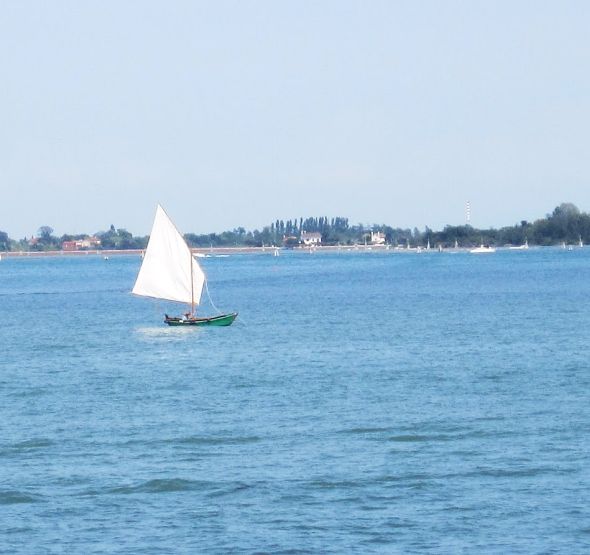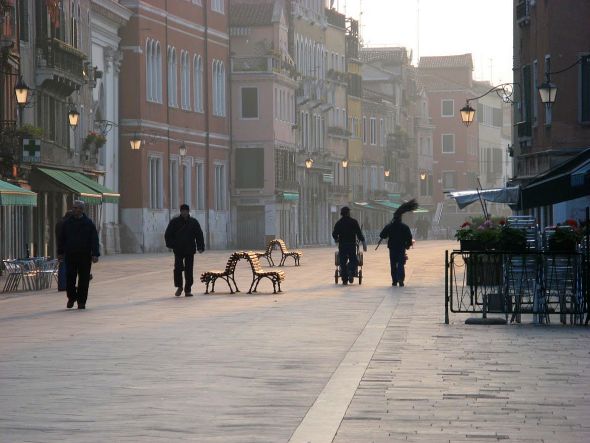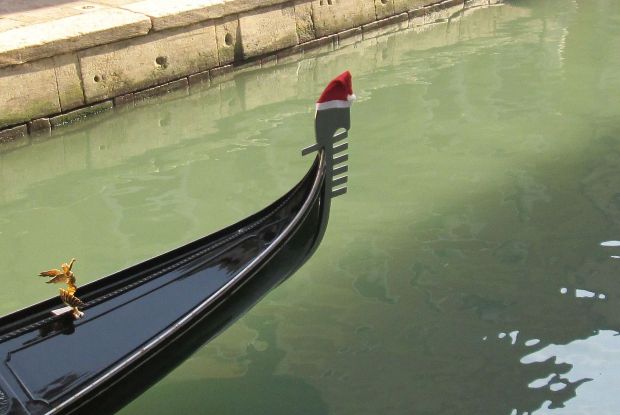
Several readers have written their reactions to my post about Ricky. And in answering them, I have sifted through my brain and realize that I neglected stressing some important points in my account of the hideous homicide, the main point being why I wrote about it at all.
I let myself get somewhat carried away by the grisly details (like every reporter currently working in Venice, evidently — the newspapers have surrendered entire pages to this epic). That was wrong.
The reason I did this was because (A) like almost everybody, I’m fascinated in a repulsive way by stories like this, but (B) more to the point, I reacted to him as somebody I sort of know.
Venice is a village, as I often point out, and you get caught up in dramatic stories involving people you know, or (more often) to people known by people you know. Ricky is only ten years younger than Lino, and his family home was a few doors down from where Lino lived. They’d see each other here and there, and while he was obviously somewhat unbalanced even when young, Ricky was just part — obviously a somewhat unusual part — of the neighborhood.
Lino says Ricky had a generous streak (the Mestre neighbors keep repeating how he always tried to do things for people). Lino remembers one day he was slaving away in his boat, trying to get the outboard motor to start. Ricky stops and says “Hey, I’ve got a motor inside. Come get it, you can borrow it. You can have it.” Lino didn’t take the motor, but he remembers the offer.
The story continues to unfold, producing more terrifying details, but I’m not going to repeat them because what it is is sad sad sad. I didn’t make that clear. He was born crazy, and he has spent his life either struggling against his craziness or sometimes giving in. This is not an excuse, but everyone quoted in these endless articles talks about what a solitary person he was. He was “tremendously alone,” as one person put it; he didn’t have anybody watching out for him. Whether or not you’re taking your meds, loneliness is a killer.
No more about Ricky from me, unless it’s something we all need to know. Of course I feel bad for the woman and her family, but I also feel bad for uno dei nostri — one of ours.






